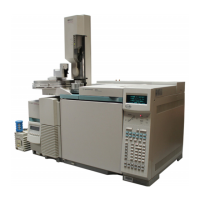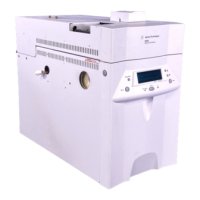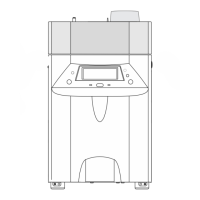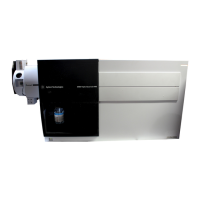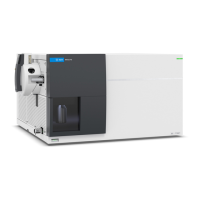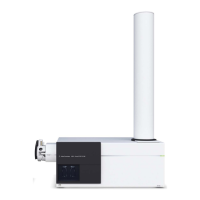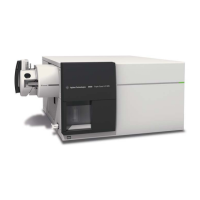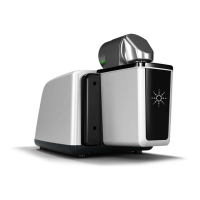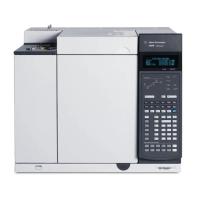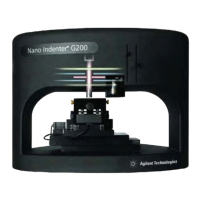Site Preparation
The gas plumbing
16
Supply tubing for carrier and detector gases
Caution Do not use methylene chloride or other halogenated solvent to clean tubing that
will be used with an electron capture detector. They will cause elevated baselines
and detector noise until they are completely flushed out of the system.
Gases should be supplied to the instrument only through preconditioned copper
tubing (part no. 5180-4196). Do not use ordinary copper tubing—it contains oils
and contaminants.
Caution Do not use plastic tubing for suppling detector and inlet gases to the GC. It is
permeable to oxygen and other contaminants that can damage columns and
detectors, and can melt if near hot exhaust or components.
The tubing diameter depends upon the distance between the supply gas and the
GC and the total flow rate for the particular gas. One-eighth-inch tubing is
adequate when the supply line is less than 15 feet (4.6 m) long.
Use larger diameter tubing (1/4-inch) for distances greater then 15 feet (4.6 m)
or when multiple instruments are connected to the same source. You should also
use larger diameter tubing if high demand is anticipated (for example, air for an
FID).
Be generous when cutting tubing for local supply lines—a coil of flexible tubing
between the supply and the instrument lets you move the GC without moving
the gas supply. Take this extra length into account when choosing the tubing
diameter.
Two-stage pressure regulators
To eliminate pressure surges, use a two-stage regulator with each gas tank.
Stainless steel, diaphragm-type regulators are recommended.
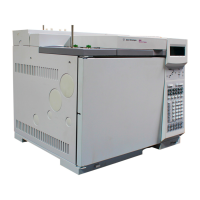
